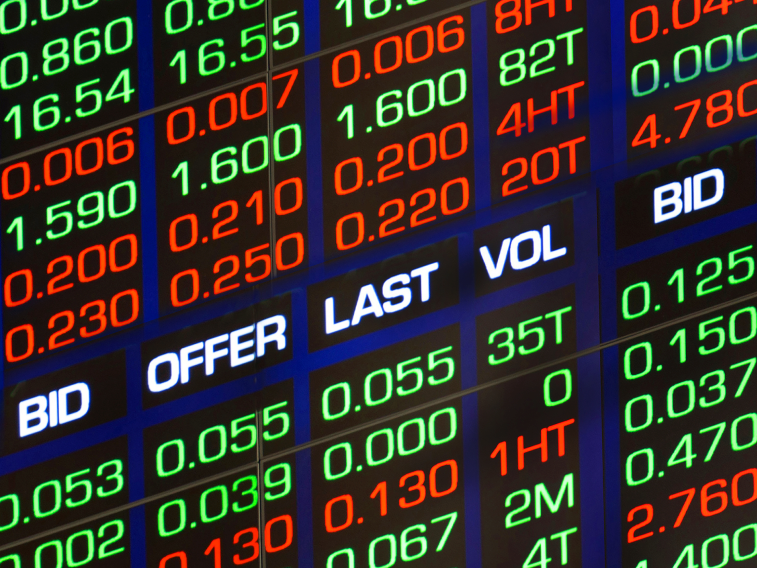When Donald Trump took office on January 20, 2025, he promised to shake things up – and he delivered. Now, just past Trump’s first 100 days, the world is feeling the effects of his bold economic moves, particularly a new wave of tariffs that have rattled global markets. For Australians watching from afar, the question was clear: what does it mean for our businesses, investments, and the broader economy?
A Tariff Gambit with Global Consequences
Trump’s big play came early in April with a tariff package he called “Liberation Day.” It hit imports hard slapping a blanket 10% tariff on nearly everything coming into the US, with steeper rates for Canada, Mexico and Asia. Retaliatory action from China saw tariffs progressively hiked up to levels that effectively represent a trade embargo between the two economic powerhouses. The move was meant to protect American industries, but it sent markets into a tailspin. The S&P 500, a barometer of US corporate health, took a beating, dropping significantly in the days that followed. A 90-day ‘cooling off’ period was a circuit-breaker with the S&P 500 recovering most of its losses by month end. The Australian S&P/ASX 300 closed higher in April.
This wasn’t just about numbers on a screen. Companies that rely on global supply chains—like tech giants or consumer brands—felt the pinch immediately. Higher import costs threatened their margins, and for consumers, it meant potentially pricier goods at a time when wallets were already stretched. For retailers of China-sourced products, tariffs potentially mean meaningfully higher prices as trade is restrictive at current tariff levels. But it’s not all doom and gloom: some US manufacturers may benefit from less competition, and Trump’s bet is that this will spark a revival in American industry over the long haul. Whether that gamble pays off remains to be seen.
Markets on Edge, Investors Seeking Safety
The uncertainty left investors jittery. Market volatility spiked to levels not seen since the 2020 crash, with the VIX index (Wall Street’s “fear gauge” and a measure of market unease) hitting a peak in early April. It’s was a sign that no one knew what was coming next – were we heading into a global downturn, or was it just a bumpy adjustment to a new reality?
For investors, this has largely meant a shift to safer ground. Sectors like utilities and healthcare, which tend to hold up in tough times, have experienced increased interest, while growth stocks have tended to take a backseat. Gold, a classic safe haven, gained traction. The Australian dollar was also impacted by the uncertainty. In early April it dipped below US60c as trade tensions mounted, but over the remainder of the month regained its position to be slightly ahead its starting point on the January 20 inauguration date.
Economic Warning Signs—and a Reality Check
Beneath the market turbulence, there were deeper concerns. The US economy shrank in the first quarter of 2025, missing growth forecasts by a wide margin, although this was distorted by abnormal levels of imports, as retailers built up inventories in advance of tariffs. At the same time, American consumers were increasingly worried – surveys show confidence was at a low ebb, with fears that inflation could return. This wasn’t just a US problem, as higher costs for imported goods ripple across the globe, hitting countries like Australia that rely on trade with both the US and China.
There are some positives with unemployment staying low and market expectations that interest rates could go lower. However, on the other side of the ledger we have a contracting economy, skittish consumers, and trade policies that will take time to play out. Trump’s tariffs might eventually bolster US manufacturing, but the road there could be bumpy.
Some even fear that the long-held status of the US as a safe haven may be under threat as trade and investment norms are overturned. While these fears may be overblown, time will tell if the current period of turbulence is part of a broader negotiating tactic or a precursor to a sustained change in US strategic direction.
The Australian perspective
For Australians, Trump’s policies hit close to home. Our economy is tied to global trade—think iron ore, coal, and agricultural exports – and any disruption in US or Chinese markets can impact locally. A prolonged trade war may dampen demand for Australian commodities, especially if China, a key trading partner, gets squeezed by high US tariffs. On the flip side, domestic US companies might thrive, creating potential opportunities for Australian investors who can accept the volatility.
The bigger lesson here is adaptability. Markets hate uncertainty, although historically those that look past the noise have often been rewarded. Trump’s first 100 days have set the stage for a new economic order—one where global trade rules are being rewritten, and the old playbook might not apply. For investors, it may mean a focus on companies that can weather the storm, whether they’re in defensive sectors or have a strong domestic focus. It also means keeping an eye on how these tariffs evolve; the next round of negotiations could either ease the pressure or turn up the heat.
Investors looking for assets with lower correlation to equities may consider diversifying into safer assets like gold, high quality bonds or companies less exposed to global trade risks. Stay informed on tariff talks—they’ll shape what happens next. In uncertain times, seasoned investors typically stay flexible, focusing on the long game rather than the daily headlines.
To discover more call 1300 683 106 or email us on investordesk@nab.com.au
The information contained in this article is believed to be reliable as at April 2025 and is intended to be of a general nature only. It has been prepared without taking into account any person’s objectives, financial situation or needs. Before acting on this information, NAB recommends that you consider whether it is appropriate for your circumstances. NAB recommends that you seek independent legal, property, financial and taxation advice before acting on any information in this article.
©2025 NAB Private Wealth is a division of National Australia Bank Limited ABN 12 004 044 937 AFSL and Australian Credit Licence 230686.


